I want to build a spectrum analyzer for my car stereo. 5 bands, left & right channels represented individually, 20 LEDS per band using cascading LM3915s per band and channel. (Yes, 20 LM3915s, 200 LEDs in total, I'll be busy for a MONTH soldering!)
From what I've read, changing the volume of the radio "head unit" dramatically effects the display. So how about automatic gain control? It would automatically ramp up the gain for soft volumes (like when I'm at a red light and there's a cop in the next lane) or attenuate the signal when I want to crank it up & bang my head.
I found thid online:
Now, if I want to build a 2 channel (separate left/right) 5 band led display, would I need to build just TWO AGC circuits, or would I need one for each band for a total of ten AGCs?
Second, is this circuit acceptable for my purpose of processing an audio signal to maintain the signal strength for the LED display regardless of volume settings?
Next question, could I use a single TL074 quad op amp instead of 2 ICs (072 dual op amp & single 071) and just ground out the + input of the unused op amp and short the - input to the output? It would save cost, real estate on the circuit board and complexity.
Finally, where would I put this? Before the unity gain buffer/filter stage, between the buffer and bandpass filters, after the filters but before the peak detectors/rectifiers? My intuition say before everything, so the buffers/filters actually have a signal to process. That would be cheaper also, I'd only need to build 2. But since I'm building this to provide a signal to 5 "processors" wouldn't that diminish the signal for each? Kind of like wiring 5 bulbs to a single circuit, or 5 speakers to a single line, each additional one diminishes the output of the others - or would the unity gain buffers of each one compensate for all that? Honestly, I've never done anything like this before, so I now to y'all's experience and expertise.
All of this would be driven by the radio's unused speaker outputs, as the actual speakers are driven by amplifiers thru the radio's line-out jacks.
I don't know if this matters but the head unit is advertised at 75 watts max x4, 18w RMS.
